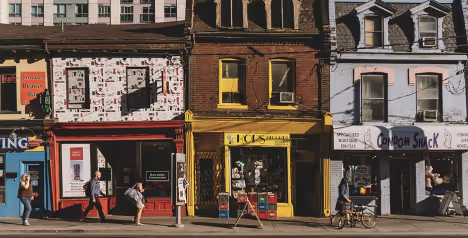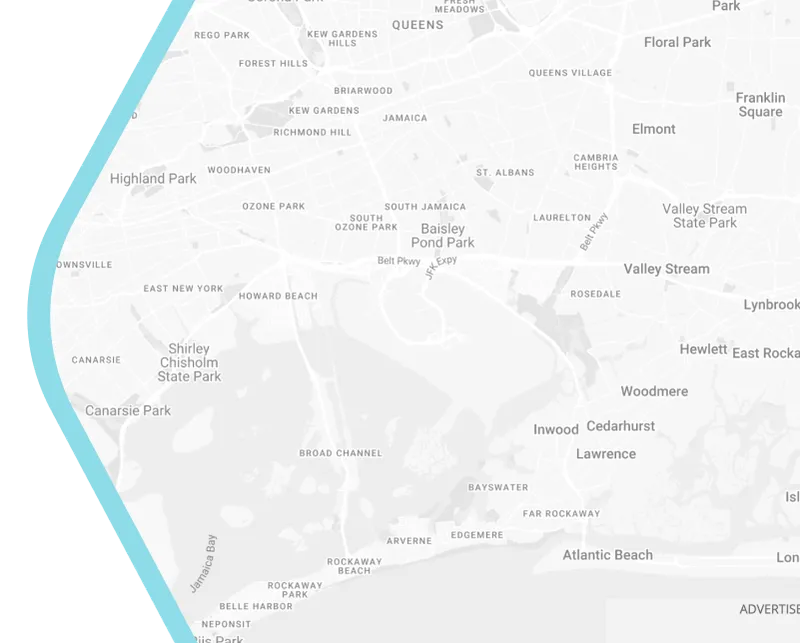
Creating attractive neighbourhood with Smart Lighting
In the 1990s, Hoekenrodeplein was a city square in the South-Eastern part of Amsterdam known for its poor safety. The local municipality envisioned the area as a place for inhabitants and visitors to gather, to play and to shop in the area, with the help of better lighting. This project is an example of the use of the internet of things (IoT) to create public spaces that are more liveable and hospitable with Smart Lighting. A new lighting arrangement and placement was designed with the collaboration between the city authority, TU Eindhoven, and several utilities and private companies. The new smart lighting design successfully transforms the city square to become a safer and more attractive place for people to spend time in, while also helping the city to reduce their CO2 emissions. The project also presents potential to be expanded to neighbouring areas or being replicated in other cities.
Reference:
van Winden, W., Oskam, I., van den Buuse, D., Schrama, W., & van Dijck, E-J. (2016). Organising smart city projects: lessons from Amsterdam. Hogeschool van Amsterdam.
